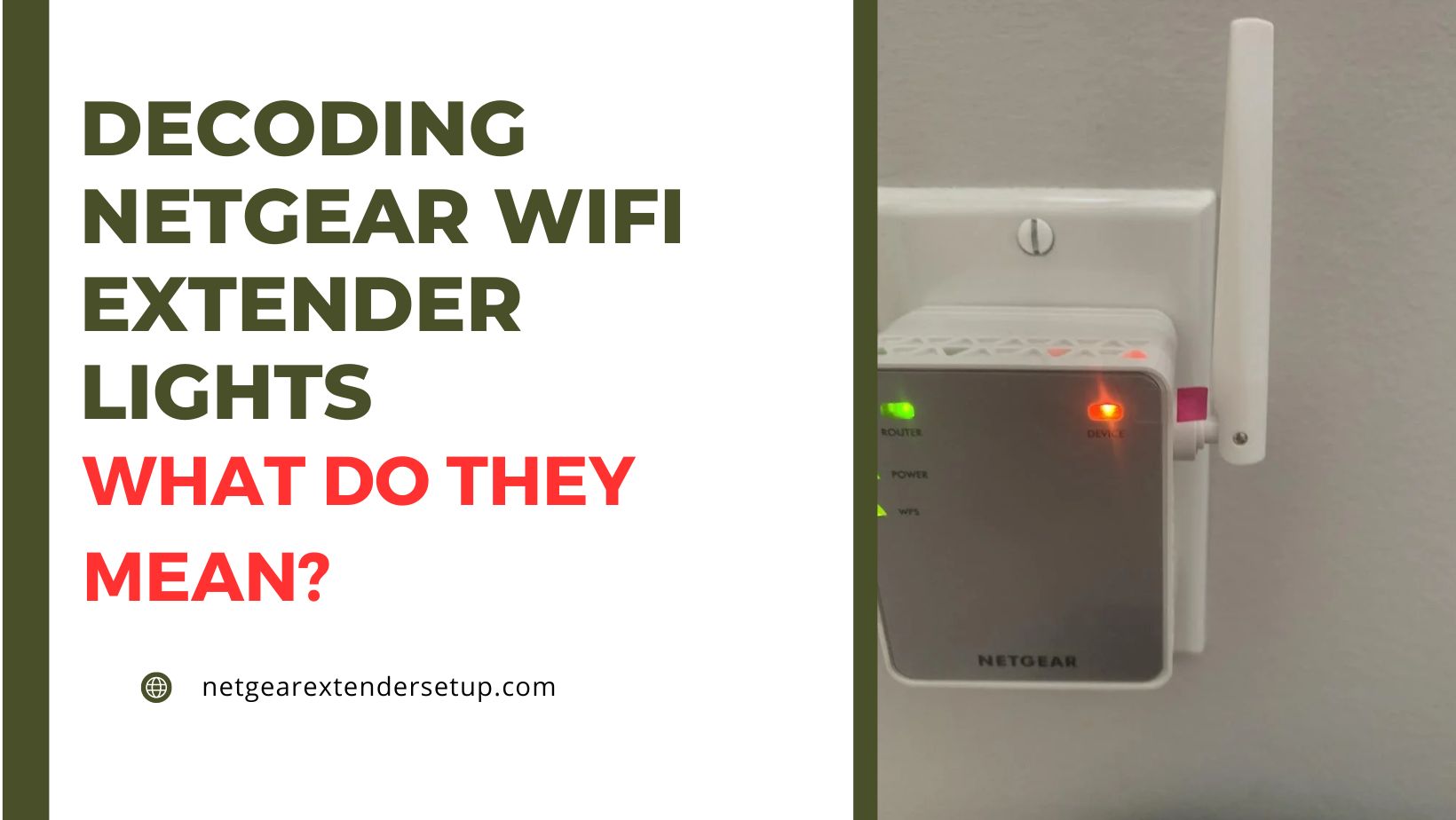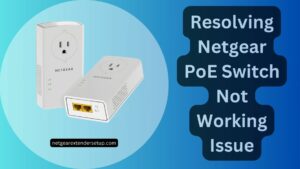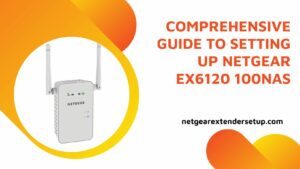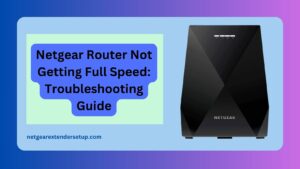In the digital age, where an ultra-fast internet connection is a necessity, Netgear WiFi extenders have become a household name. The seamless performance they offer in extending the reach of your wireless network is unmatched. However, to harness the full potential of these devices, understanding the nuances of the Netgear WiFi extender lights is crucial. This comprehensive guide will walk you through the Netgear WiFi extender lights meaning, empowering you to troubleshoot and optimize your extender setup effortlessly.
Before Knowing Netgear WiFi Extender Lights Meaning
Before delving into the meanings, it’s essential to familiarize yourself with the lights on a typical Netgear WiFi extender. The key lights include:
- Power LED
- WPS LED
- Router Link LED
- Router Arrow LED
- Client Link LED
Knowing these LEDs sets the stage for understanding their significance in the broader context of Netgear extender functionality.
Netgear WiFi Extender Lights Meaning
1. Power LED
The Power LED, usually located at the back of the extender, serves as the device’s heartbeat. A solid green glow indicates normal operation, while amber suggests a booting phase. Blinking amber signals a restoration to default factory settings, necessitating reconfiguration via the mywifiext web address. No light? Your extender lacks power. Blinking green? Firmware issues. For solutions, contact our experts.
2. WPS LED
The WPS LED comes into play during setup via the WPS method. A solid green light signifies enabled WiFi security, while blinking green indicates an active WPS connection attempt. No color? WiFi security is off. Understanding this light is crucial for a secure and successful extender setup.
3. Router Link LED
The Router Link LED acts as the bond between your Netgear extender and router during setup, ensuring a steady connection. Different colors convey specific meanings:
- Solid Green: Optimal connection strength.
- Solid Amber: Good connection holding WiFi devices together.
- Solid Red: Danger! Poor connection; immediate action needed.
Checking this light’s status aids troubleshooting when internet access issues arise.
4. Router Arrow LED
The Router Arrow LED offers insights into the extender’s placement correctness. It indicates the distance for optimal WiFi signals. Blinking? Relocate your extender to resolve issues like the 192.168.1.250 not working problem. Ideal placement is at the center of the house, in a well-ventilated, WiFi interference-free room.
5. Client Link LED
The Client Link LED reveals the connection strength between your extender and connected devices. A solid white glow assures a stable connection, while an inactive LED signals a need for a reboot. This light provides insights into communication status, ensuring a seamless user experience.
Read Also: Netgear_Ext Couldn’t Authenticate Connection
Netgear Parental Control Active
Netgear Extender FastLane Technology
Conclusion:
As we conclude this insightful journey into Netgear WiFi extender lights meaning, we hope you’ve gained a thorough understanding of your device’s indicators. However, if you find yourself in need of expert assistance or wish to explore further, our support team stands ready to assist. For more information on optimizing your network and troubleshooting tips, visit The Insider’s Views.
Master your Netgear WiFi extender setup with knowledge, empowering you to enjoy uninterrupted connectivity throughout your home.
FAQs
If the power light refuses to shine, check your power source and ensure the extender is properly plugged in. If the issue persists, consider contacting Netgear support.
To boost signal strength, try relocating the extender closer to the router, minimizing interference, and updating firmware. These steps can significantly enhance your signal.
A blinking network light may indicate ongoing data transfer. If it persists without apparent activity, a reset or reconfiguration might be needed.
Yes, occasional flickering indicates active security measures. If the flickering is consistent or accompanied by connectivity issues, investigate further or seek professional assistance.



